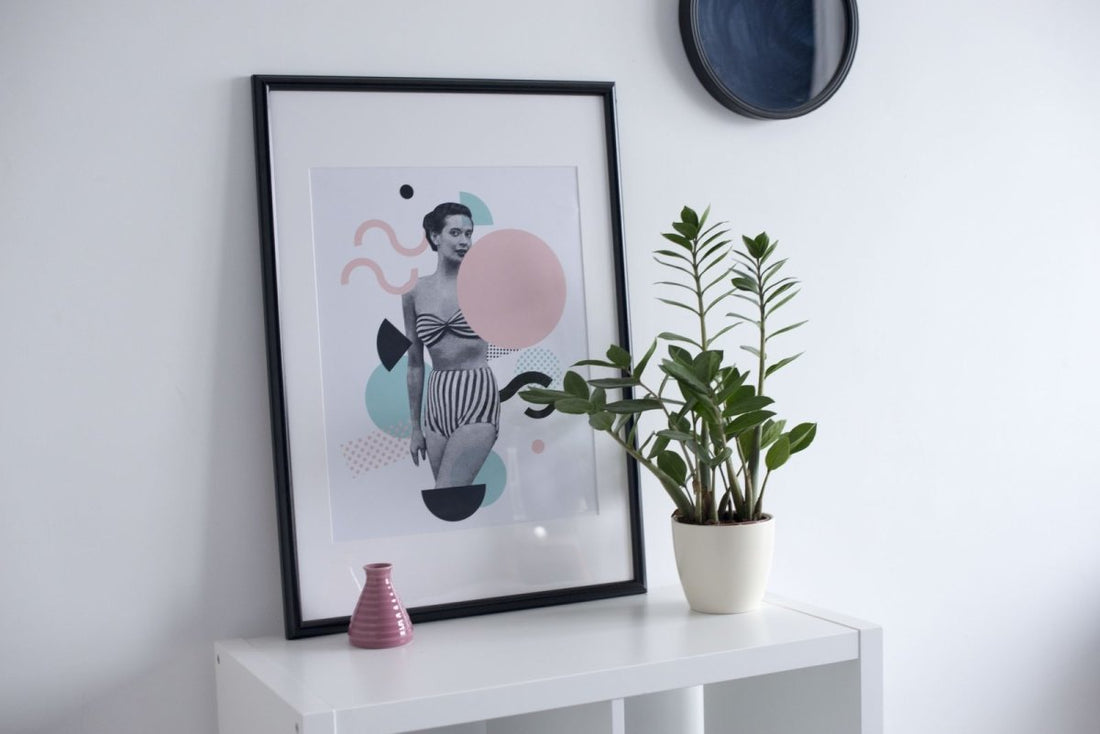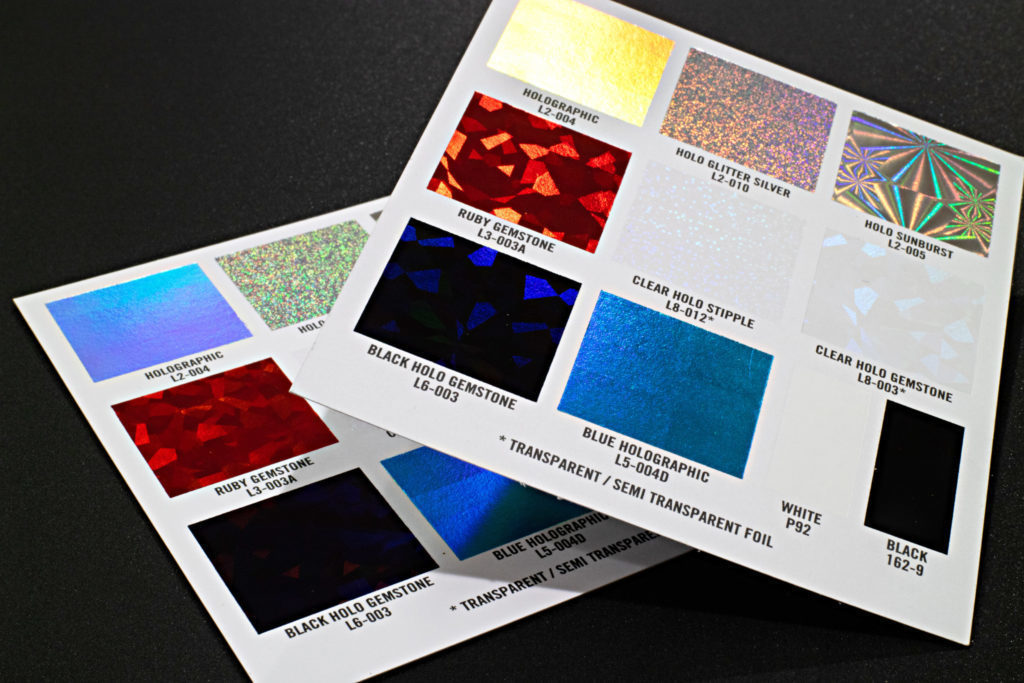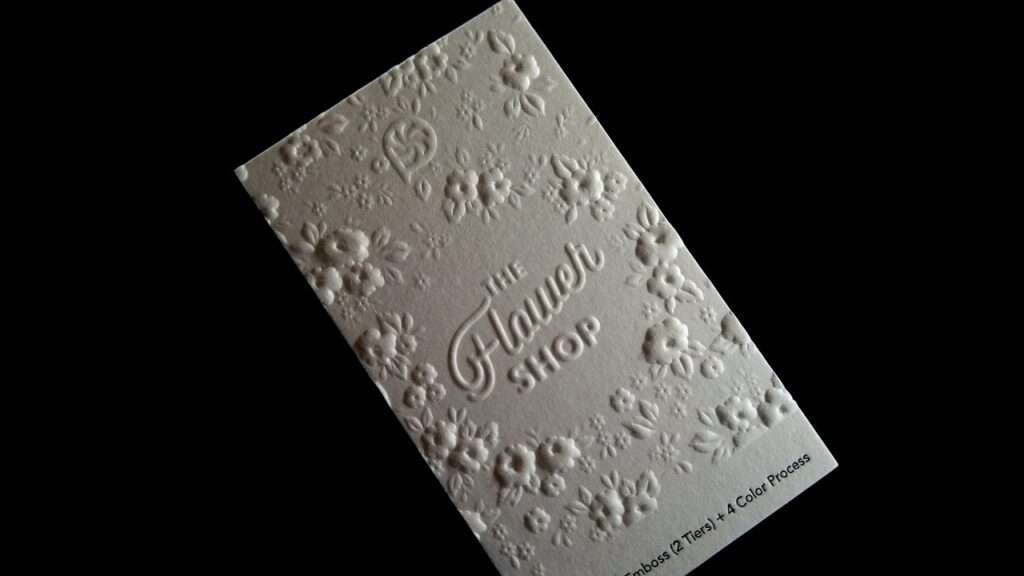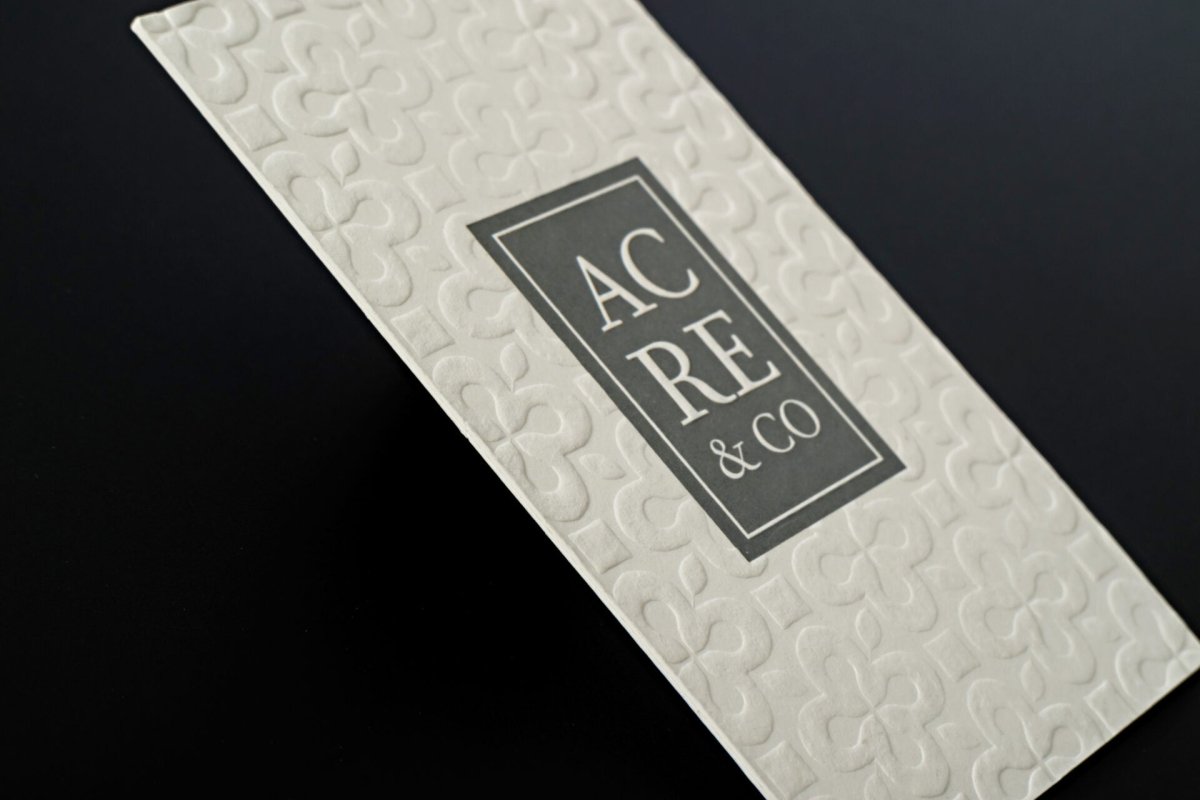
How to Hang Posters Without Damaging The Wall — or The Poster
adminShare
The right posters can completely transform a room from bland and clinical to personalized and bursting with character. Who doesn’t love to show off their eclectic taste in music with band posters, or flex their cinema prowess with vintage movie posters?
The problem is, while almost everyone has hung a poster or two in their lifetime, very few people have done it properly. Inevitably, either the wall or the poster becomes damaged in the hanging (or removal) process, which sours the entire experience.
Fortunately, there are a few tricks of the trade that poster enthusiasts can practice to master the subtle art of poster hanging, and they actually start long before the actual hanging commences.
Keep It Clean
In order to achieve the high-quality detail everyone expects in posters, the paper they're printed on isn’t especially durable. Not only do posters tend to rip relatively easily if handled too roughly, but they also hold on to smudges much like a photograph would.
Because of the shiny finish of a poster, finger smudges stick out like a sore thumb once the poster is hung. In order to remedy this, every poster handler should wash their hands thoroughly before touching a new poster.

Next, the poster will need to be flattened so that it can be hung more easily when the time comes. In order to do this, a flat, clean surface should be prepared where the poster can be laid with the printed side facing up. Next, the corner should be weighted down for a few hours; this will ensure that the poster isn’t struggling to roll up as its being hung.
By taking special care with clean hands and clean surfaces, the poster is sure to maintain its intended appearance throughout this flattening stage, but there’s one final area that needs to be cleaned before the poster can be hung: the wall.
Cleaning the wall before hanging a poster doesn’t just ensure that the poster won’t get dirty, it will also help the adhesive stick more effectively. Once the wall has been prepared, the next step in poster hanging can be tackled.

Choosing The Right Hanging Method
The idea of hanging a poster “safely” generally refers to a wall that’s left without damage and a poster that could be rolled up and reused once it’s removed. This pretty much rules out the use of nails, staples, and tacks, as they damage both the poster and the wall.
In turn, the best options for hanging posters safely are all some form of adhesive, like tape or putty. Of course, not all of these options are created equal: some tapes will rip the paint right off the way and ruin a poster, so there are specific options that ought to be considered.
Double-Sided Poster Tape

We’ll start with the obvious: if a product is specifically designed for use with a poster, it’s obviously going to be one of the best options. Such is the case with double-sided poster tape.
Since posters aren’t especially heavy items, there’s no need to use an especially strong tape. Instead, a little bit of research about poster tape brands (and, of course, ensuring that the wall is clean before trying to hang the poster) will go a long way.
Scotch Magic Tape

The brand Scotch probably inspires images of ultra-sticky packing tape, the kind that won’t give up its hold even against serious force. Scotch’s magic tape is something else entirely, though. Magic tape is quite thin, and it doesn’t have the same sort of hold as other Scotch tapes.
The one major downside to this option is that magic tape is not double-sided. If used, it must be looped to adhere to both the poster and the wall. Luckily, the tape is thin enough that it’s still not all that noticeable when pressed down tightly.
Reusable Poster Tack

If the idea of tape still feels a little bit questionable for safely hanging a poster, then putty is another viable option. The problem with poster putty is that it can still be a bit too clingy for more delicate posters and leave them damaged.
That’s why poster tack is generally a better idea for posters printed on more durable paper stock. Alternatively, for those only looking to hang their posters for a few days, there’s another putty-like substance that will do the trick: toothpaste.
Strange as it may seem, toothpaste (the actual paste, not the translucent gel that is sometimes used) has enough hold power to adhere a poster to a wall for a few days at a time, and it will simply flake off of both surfaces when it’s dried up and no longer sticky.
More Obvious Hanging Options
All of the top adhesive choices listed above operate under the assumption that the poster hanger doesn’t want the poster itself marred by clips or slides. For those who aren’t worried about obstructing the view, and who simply want to ensure the poster will stay mounted, there are a few other options.
Tacks

Pushpins and thumbtacks will be visible when used to hang a poster, but they don’t have to cause damage. If the sharp point is pushed into the wall just outside the edge of the poster, the head of the tack will still hold the poster in place. This will only leave a small hole in the wall.
Slides and Clips

For those who already have nails, ropes, or other items fastened to their wall, hanging a poster becomes quite easy. A simple clip or a slide that attaches to the top of the poster can be used to keep it in place.
The right poster shows off personality and individual taste; be sure that a personalized Print Peppermint poster isn’t ruined with the wrong hanging method. Instead, follow this simple guide to keep posters and walls in perfect shape.


